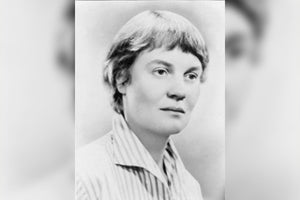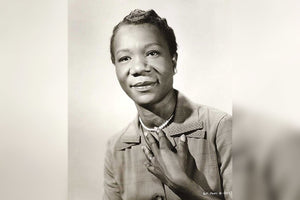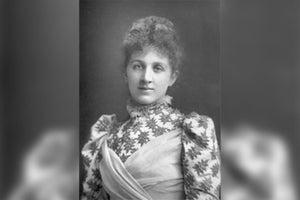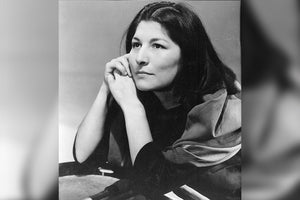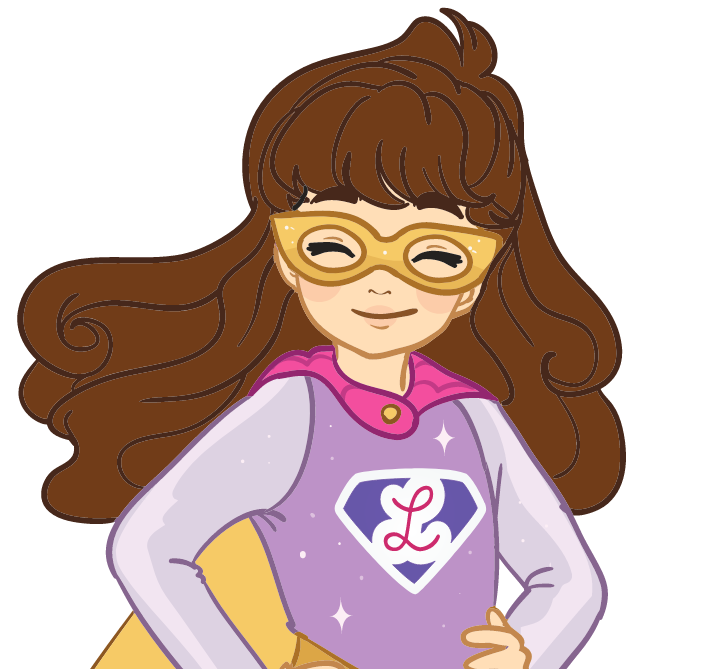Who was Katherine Johnson?
Katherine Johnson was an American mathematician and physicist.
Facts about Katherine Johnson
-
One of the NASA/NACA “human computers”.
-
First woman in the NASA Flight Research Division to receive author credit on a scientific paper.
-
Awarded the Presidential Medal of Freedom and the Congressional Gold Medal, among many other awards, including a NASA facility named after her.
-
Lived to 101, mother of three, with six grandchildren and eleven great-grandchildren.
Inspirational Quotes
“You lose your curiosity when you stop learning.”
“If you attack the problem right, you’ll get the answer.”
Biography
Long before computers with keyboards and monitors, there were human ‘computers’ at NASA. These smart women were not well known at the time, but were invaluable to the space program. They used hand tools and their intelligence to solve complicated equations. Katherine Johnson, along with other smart women, worked in this capacity. But Katherine was more than a mathematician who was great at geometry. She was born with a thirst for knowledge. And she had a mild-mannered assertiveness which helped her pioneer a pathway that future female scientists would follow.
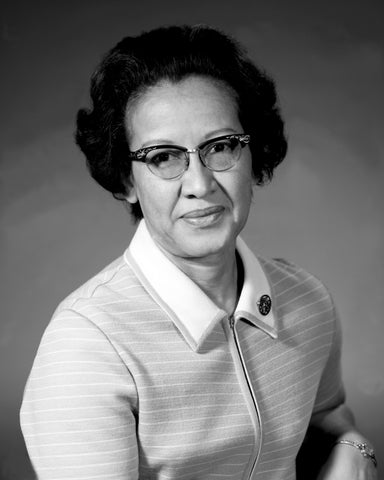
Childhood
Katherine was born in White Sulphur Springs, West Virginia, in 1918. She was the youngest of four children. She grew up in a time when people of color, especially women, were limited in their careers. And this limitation extended to education, as well. Public schools often did not allow students of color to attend beyond eighth grade.
But, from the time she was young, Katherine loved learning, especially mathematics. And she was very good at it. Her mother was a teacher, and her family was supportive of continuing education. Katherine and her siblings were encouraged to make more of themselves. Her parents moved the family near West Virginia State College. The college offered high school on campus. Katherine enrolled when she was only 10, and graduated high school when she was 14. Then she graduated that same college, with highest honors, at 18.
Career
Following in her mother’s footsteps, Katherine also became a teacher. In the early 1950s, she began working at Langley in the computing section of the National Advisory Committee for Aeronautics (NACA). When the Space Race to put a man on the moon took off, NACA became NASA.
Katherine excelled in her position. She became invaluable to the group of engineers she worked alongside. And later to the astronauts who depended on her consistent accuracy. She had her work cut out for her due to the prejudices against women in STEM fields. Before her, no one in her group had ever been listed as author on a scientific paper. She pioneered the way by being the first when engineer Ted Skopinski admitted that she’d done most of the work. She was, as a result, listed as co-author. She went on to help author 25 additional papers.
Defining Events
In 1962, IBM computers were new to NASA. And, like anything new, the computers calculations were viewed with no small measure of caution. If the calculations were off by even just a little bit, lives would be at risk. And the newly fashioned computers weren’t completely stable, known to quit working at inopportune times.
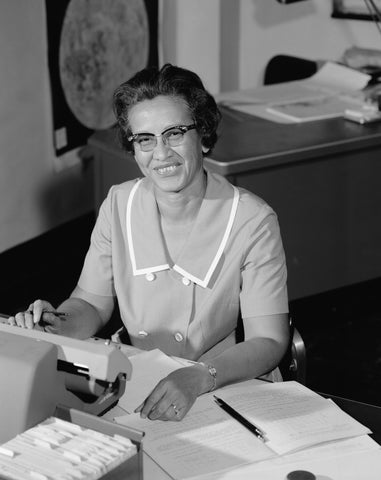
John Glenn was preparing to orbit the earth in the Friendship 7 mission. He was familiar with Katherine’s excellent reputation for calculations. John called for Katherine to redo the computer calculations by hand. Only when she was finished, did he agree to continue with the mission. And its success pulled the United States ahead in the race for the moon. Katherine continued her vital contributions to NASA, working there for over 30 years, until her retirement in 1986.
Later Years
Katherine spent her retirement years traveling, and enjoying time with her family and friends. But she never forgot the enjoyment and fulfilment she gained by working in STEM. It was a time of great progress in the world. She often spoke to students about studying hard and seeking work in STEM fields.
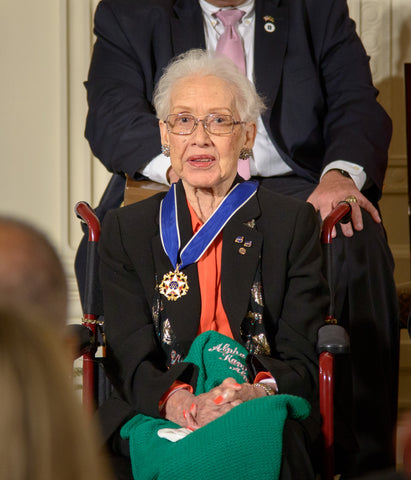
Her own work, however, went quietly unnoticed in the public eye until late in her life. A dramatized biopic of her and her fellow “computers” called Hidden Figures was released in 2016. Katherine was also awarded the Presidential Medal of Freedom and the Congressional Gold Medal around that time. Katherine passed away in 2020, at 101. But her legacy, and pioneered pathway for women and people of color, live on.
![]() Fast Shipping
Fast Shipping![]() Subscribe to our Newsletter
Subscribe to our Newsletter![]() 🌟 New Global Competition 🌟
🌟 New Global Competition 🌟














